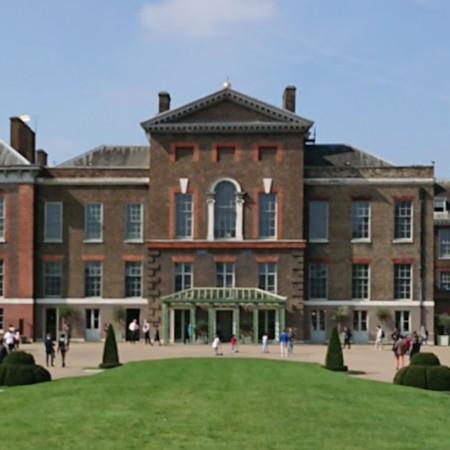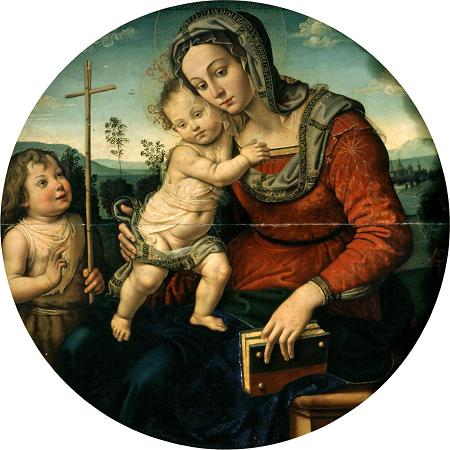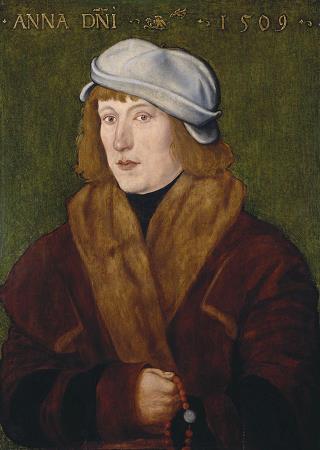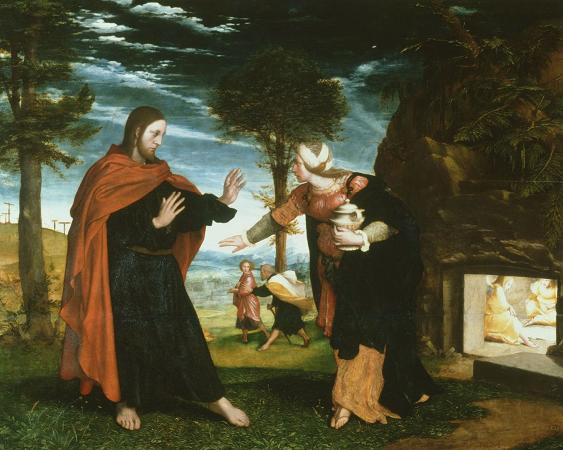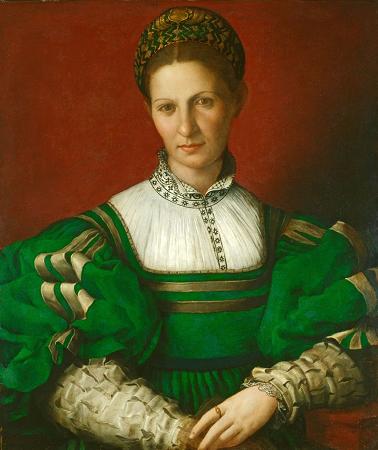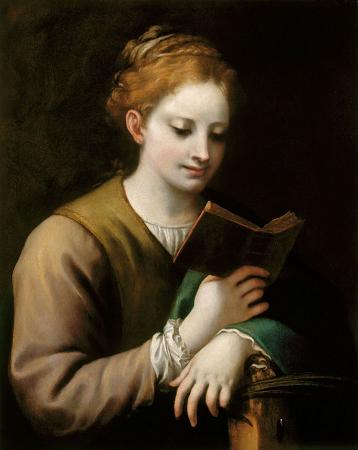Royal Collection. The Royal Collection of the British Royal family is the largest private art collection in the world. Spread among 13 occupied and historic royal residences in the United Kingdom, the collection is owned by Elizabeth II and overseen by the Royal Collection Trust. The Queen owns some of the collection in right of the Crown and some as a private individual. It is made up of over one million objects, including 7,000 paintings, over 150,000 works on paper, this including 30,000 watercolours and drawings, and about 450,000 photographs, as well as tapestries, furniture, ceramics, textiles, carriages, weapons, armour, jewellery, clocks, musical instruments, tableware, plants, manuscripts, books, and sculptures. Some of the buildings which house the collection, like Hampton Court Palace, are open to the public and not lived in by the Royal Family, whilst others, like Windsor Castle and Kensington Palace, are both residences and open to the public. The Queen's Gallery at Buckingham Palace in London was built specially to exhibit pieces from the collection on a rotating basis. There is a similar art gallery next to the Palace of Holyroodhouse in Edinburgh, and a Drawings Gallery at Windsor Castle. The Crown Jewels are on public display in the Jewel House at the Tower of London. About 3,000 objects are on loan to museums throughout the world, and many others are lent on a temporary basis to exhibitions. Few items from before Henry VIII survive. The most important additions were made by Charles I, a passionate collector of Italian paintings and a major patron of Van Dyck and other Flemish artists. He purchased the bulk of the Gonzaga collection from the Duchy of Mantua. The entire Royal Collection, which included 1,500 paintings and 500 statues, was sold after Charles's execution in 1649. The 'Sale of the Late King's Goods' at Somerset House raised E185,000 for the English Republic. Other items were given away in lieu of payment to settle the king's debts. A number of pieces were recovered by Charles II after the Restoration of the monarchy in 1660, and they form the basis for the collection today. The Dutch Republic also presented Charles with the Dutch Gift of 28 paintings, 12 sculptures, and a selection of furniture. He went on to buy many paintings and other works. George III was mainly responsible for forming the collection's outstanding holdings of Old Master drawings; large numbers of these, and many Venetian paintings including over 40 Canalettos, joined the collection when he bought the collection of Joseph Consul Smith, which also included a large number of books. Many other drawings were bought from Alessandro Albani, cardinal and art dealer in Rome. George IV shared Charles I's enthusiasm for collecting, buying up large numbers of Dutch Golden Age paintings and their Flemish contemporaries. Like other English collectors, he took advantage of the great quantities of French decorative art on the London market after the French Revolution, and is mostly responsible for the collection's outstanding holdings of 18th-century French furniture and porcelain, especially Sèvres. He also bought much contemporary English silver, and many recent and contemporary English paintings. Queen Victoria and her husband Albert were keen collectors of contemporary and old master paintings. Many objects have been given from the collection to museums, especially by George III and Victoria and Albert. In particular, the King's Library formed by George III with the assistance of his librarian Frederick Augusta Barnard, consisting of 65,000 printed books, was given to the British Museum, now the British Library, where they remain as a distinct collection. He also donated the Old Royal Library of some 2,000 manuscripts, which are still segregated as the Royal manuscripts. The core of this collection was the purchase by James I of the related collections of Humphrey Llwyd, Lord Lumley, and the Earl of Arundel. Prince Albert's will requested the donation of a number of mostly early paintings to the National Gallery, London, which Queen Victoria fulfilled. Throughout the reign of Elizabeth II, there have been significant additions to the collection through judicious purchases, bequests, and gifts from nation states and official bodies. Since 1952, approximately 2,500 works have been added to the Royal Collection. The Commonwealth is strongly represented in this manner: an example is 75 contemporary Canadian watercolours that entered the collection between 1985 and 2001 as a gift from the Canadian Society of Painters in Water Colour. Modern art acquired by Elizabeth II includes pieces by Sir Anish Kapoor and Andy Warhol.
more...
